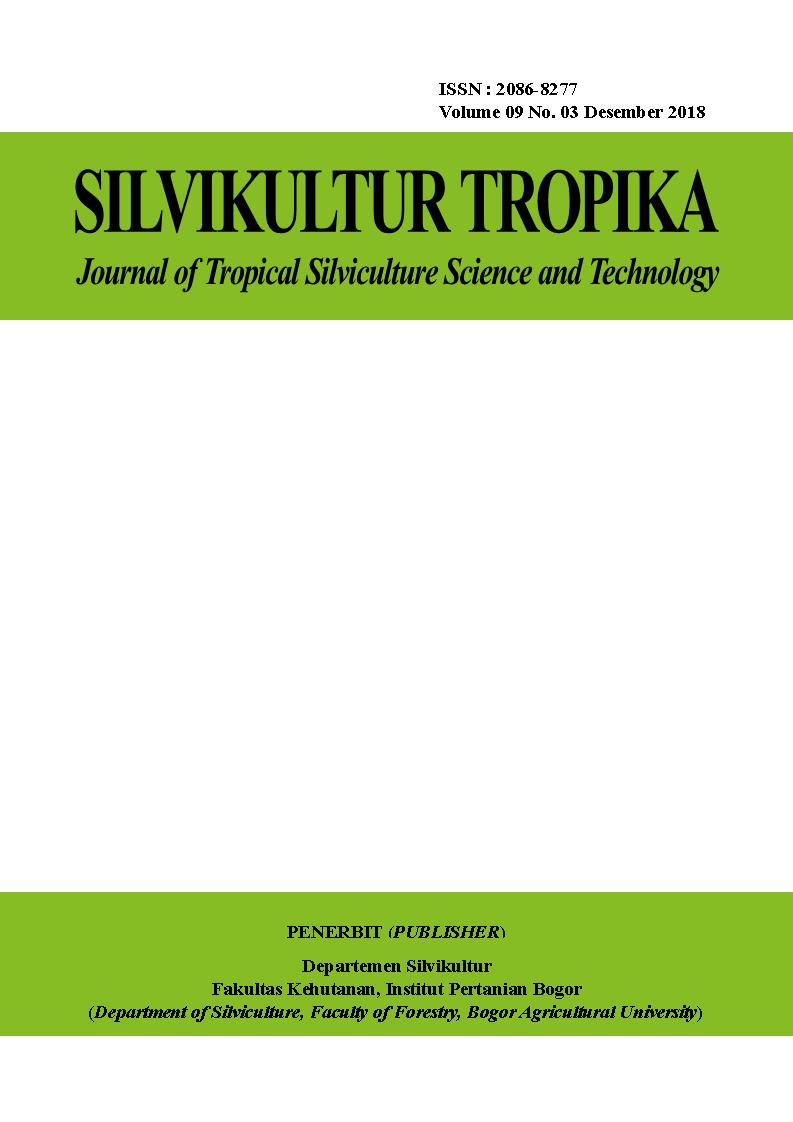Skrining Bakteri Selulolitik Asal Saluran Pencernaan Rayap Untuk Mendekomposisi Tunggul Karet
Abstract
The rubber tree stump is a source of white root fungus inoculums and as a source of infection that causes the death of rubber plant. The emergence of this disease is closely related to the cleanliness of the land such as leftover trees or stumps, shrubs and bushes which stacked or still in the ground. One of the symbionts organisms found in gut of termite and play a role in the decomposition of cellulose, are bacteria. Termite are social insects that are efficiently decompose lignocelluloses with the aid of their associated microbial symbionts located in termite gut. The purpose of this study was to obtain cellulolytic bacterial isolates are derived from gut of termite and getting an cellulolytic which showed the best ability in decomposing rubber tree stumps. The result termite samples from oil palm, rubber, and dry wood contain cellulolytic bacteria characterized by clear zones around bacterial colonies. Bacterial isolates showing the ability to degrade cellulose are 31 isolates and five isolates are safe for plants, animals, or mammals. The three bacterial isolates (NK 4, NS 4, and NS 5) used in the test on rubber tree stumps able to decompose rubber tree stump. Bacterial isolates were each obtained NK 4 13.52%, NS 4 18.40% and NS 5 17.88%.
Keywords: bacteria cellulolytic, rubber tree stumps, termite










